



The festivities of Nowruz reflect the renewal of the Earth that occurs with the coming of spring. Nowruz is a festival that has been celebrated for thousands of years. It is a holiday enjoyed by people of several different faiths. Nowruz is partly rooted in the religious tradition of Zoroastrianism
Cultural celebrations and festivals are familiar to people all over the world. These events celebrate different historical and cultural practices and share some great community functions. Often holidays like these bring together families and communities and introduce new generations to traditional food, dance, music, and handicrafts.
Nowruz (pronounced no-Rooz) is a combination of two Persian words. The first word now means new, and the second word Ruz, means day together they mean “New Day.” Nowruz is the name for the celebrations that observe the New Year for many Persian and Central Asian communities. The exact beginning of the New Year occurs when the season changes from winter to spring on the vernal equinox, which usually happens on 20 or 21 March each year. The spelling of Nowruz in English can take many forms, including Noroz, Norouz, Nowruz, and Norooz. For this resource, we have used the spelling Nowruz.

The festivities of Nowruz reflect the renewal of the Earth that occurs with the coming of spring. Nowruz is a festival that has been celebrated for thousands of years. It is a holiday that is enjoyed by people of several different faiths. Nowruz is partly rooted in the religious tradition of Zoroastrianism. Among other ideas, Zoroastrianism emphasizes broad concepts such as the corresponding work of good and evil in the world and the connection of humans to nature. Zoroastrian practices were dominant for much of the history of ancient Persia (centered in what is now Iran). Today there are a few Zoroastrian communities throughout the world, and the largest is in southern Iran and India.
People all over the world celebrate Nowruz, but it originated in the geographical area called Persia in the Middle East and Central Asia. The distinct culture based on the language, food, music, and leisure activities that developed among the many people and ethnic groups who lived in this area is known as Persian. Nowruz became a popular celebration among the communities that grew from these Persian-influenced cultural areas.
The traditions of Nowruz are strong among people in Iran, Afghanistan, Iraq, Tajikistan, Uzbekistan, Azerbaijan, India, Pakistan, Turkey, Canada, and the United States. Nowruz is a holiday that is celebrated by people from diverse ethnic communities and religious backgrounds. For the Parsi community, however, Nowruz is very special and is known as their spiritual New Year.
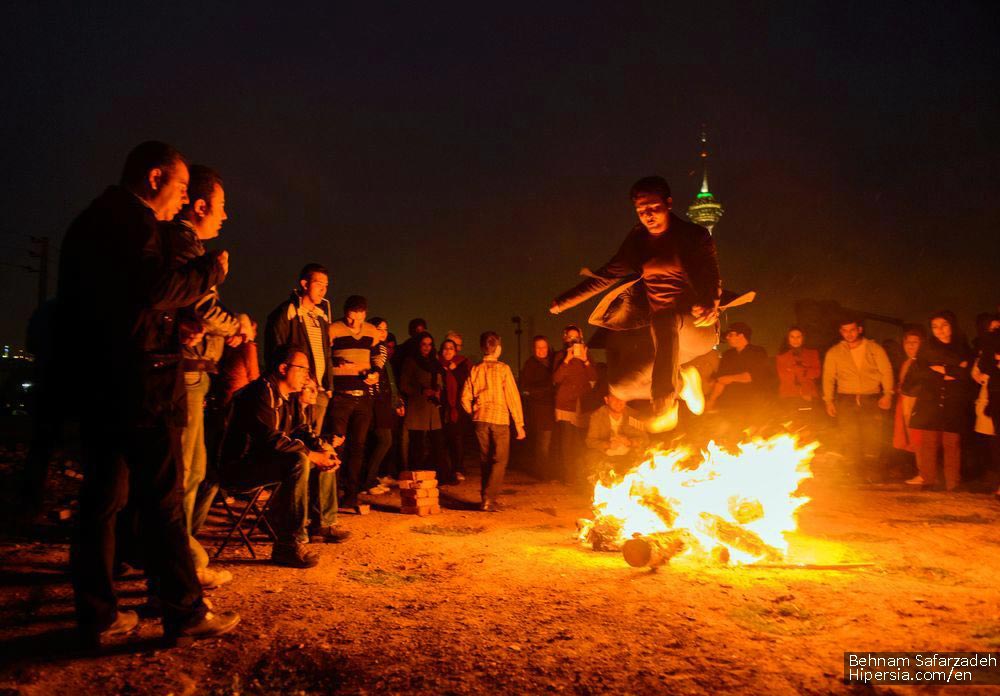
When the New Year is just minutes away, families and friends gather together and wait for Tahvil to occur. Right after the moment of Nowruz, the family exchanges well-wishes such as “Happy New Year” or “Sal-e No Mobarak!” in Persian. Next, the eldest in the family distributes sweets and candies to everyone, and young children are given coins as presents. It is also traditional for families and neighbors to visit each other and exchange gifts.
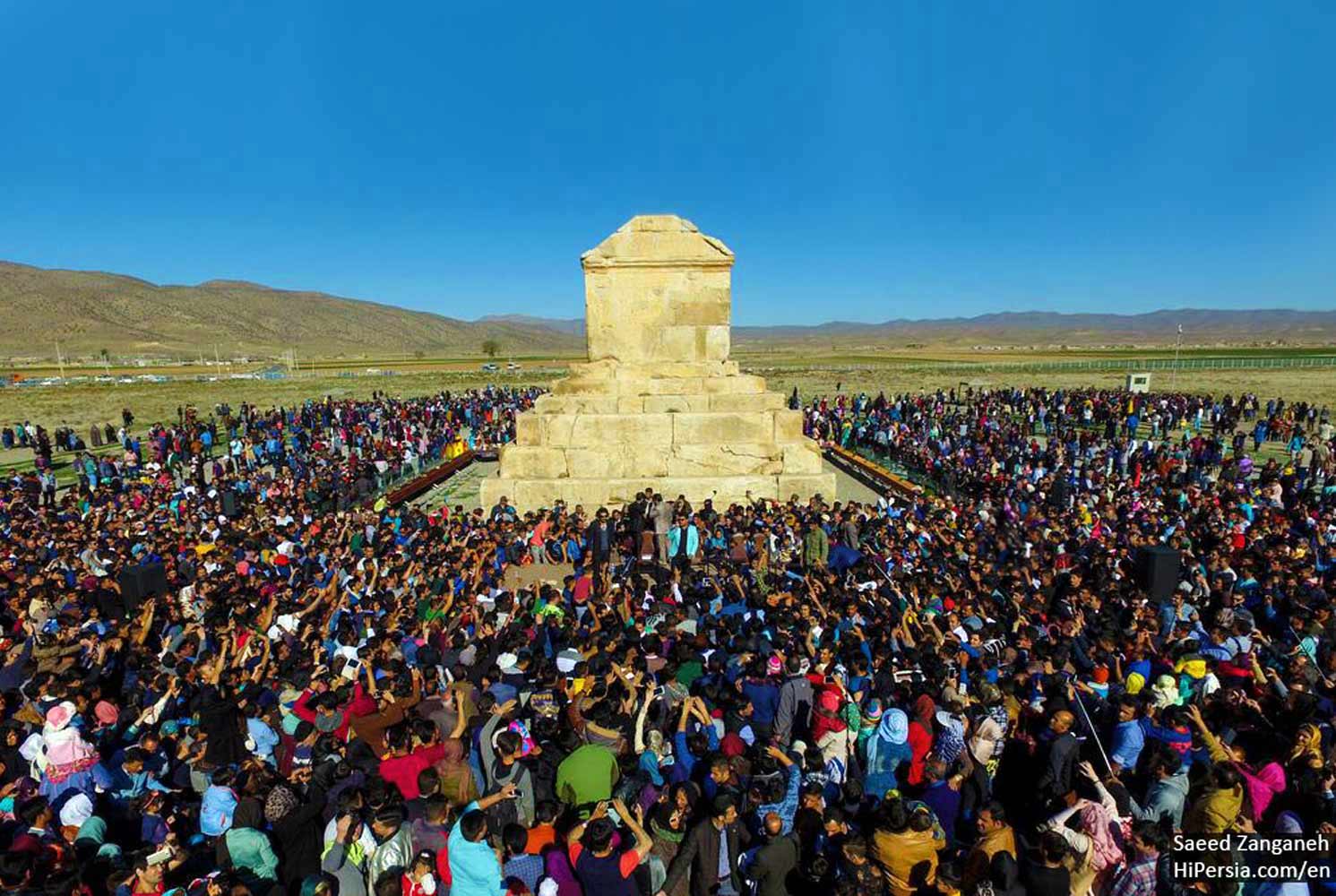
Sumac (crushed spice of berries): For the sunrise and the spice of life
Senjed (sweet dry fruit of the lotus tree): For love and affection
Serkeh (vinegar): For patience and age
Seeb (apples): For health and beauty
Sir (garlic): For good health
Samanu (wheat pudding): For fertility and the sweetness of life
Sabzeh (sprouted wheat grass): For rebirth and renewal of nature
Next to these S items, other symbolic objects go on the Haft-sin table, depending on the belief of each family. It is customary to place a mirror on the table to symbolize reflection on the past year, an orange in a bowl of water to symbolize the Earth, a bowl of real goldfish to symbolize new life, colored eggs to express fertility, coins for prosperity in the New Year, flowers called hyacinths to symbolize spring, and candles to radiate light and happiness. Each family places other items on the table that are special, for example, the Qur’an, the holy book of Islam, or the Shahnameh, an epic Persian story of colorful kings and princes written around the year 1000 CE.
Another major item to place on the Haft-sin table is a book of poetry by the famous poet Hafez. Hafez lived in Persian lands during the 14th Century CE and wrote many volumes of poetry and prose narratives. Many Persians consider Hafez to be their national poet, and his historical status is similar to the importance of Shakespeare in the English-speaking world.

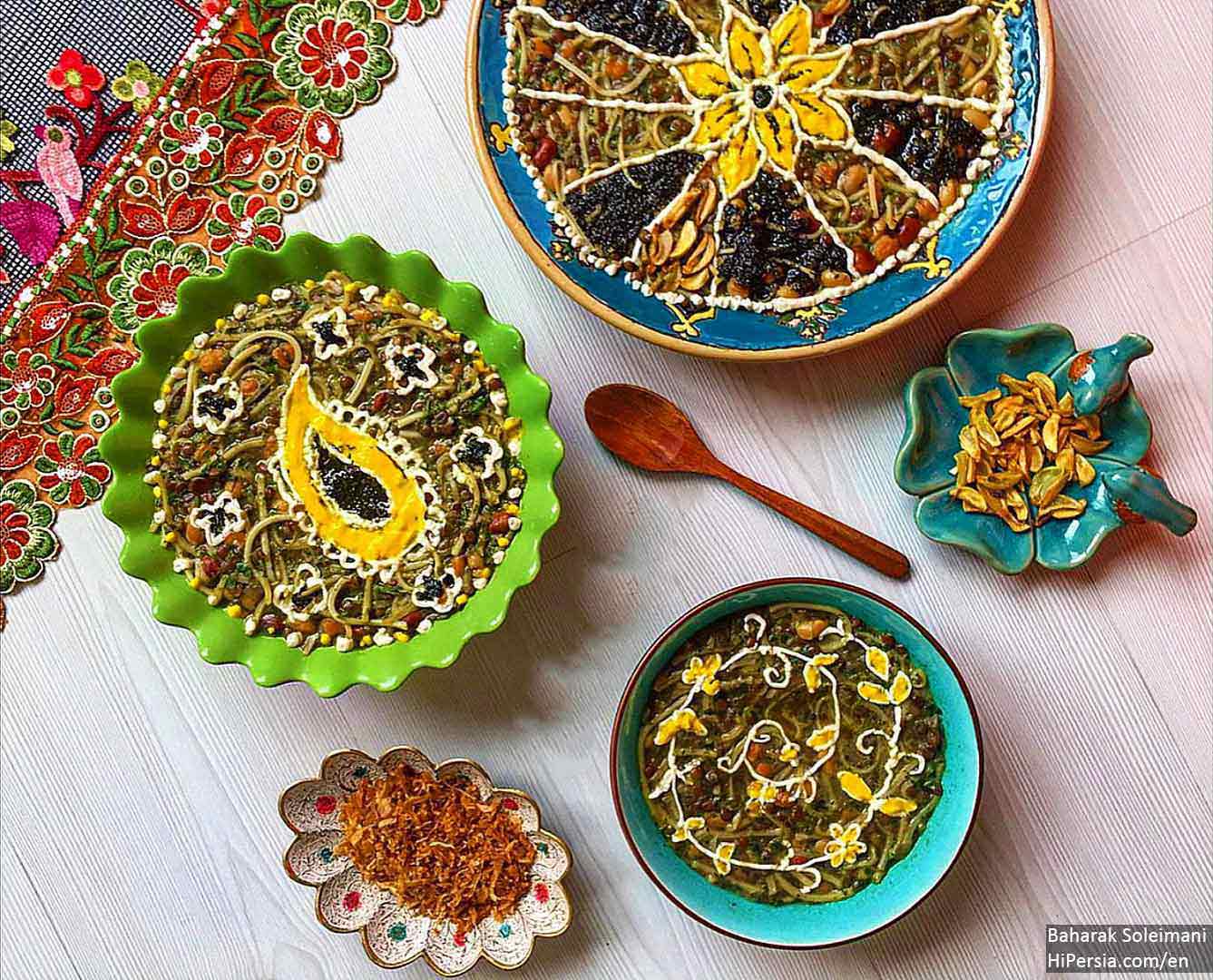
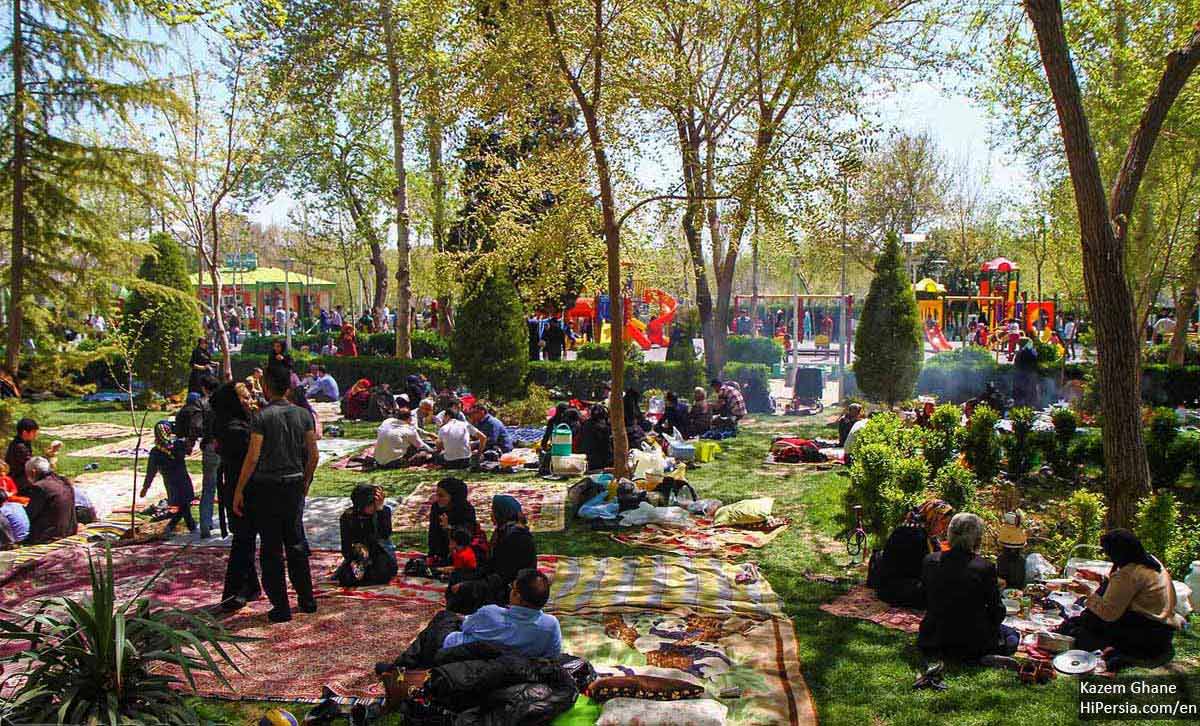
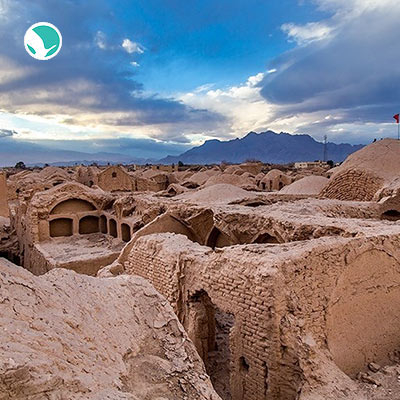


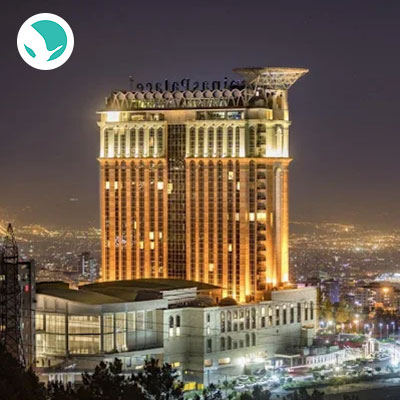
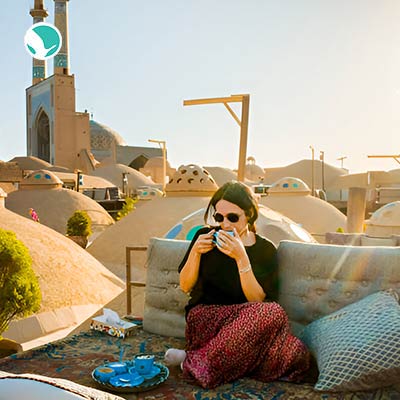
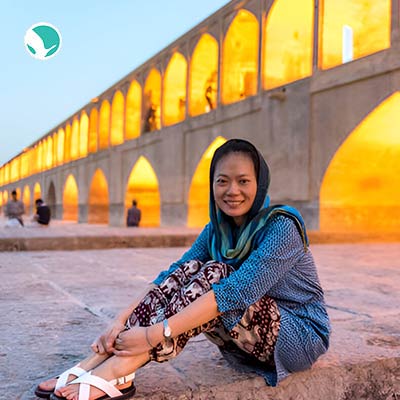
“Oh! Squander not this breath that Heaven hath lent thee, Nor make too sure another breath to borrow!’” Khayam